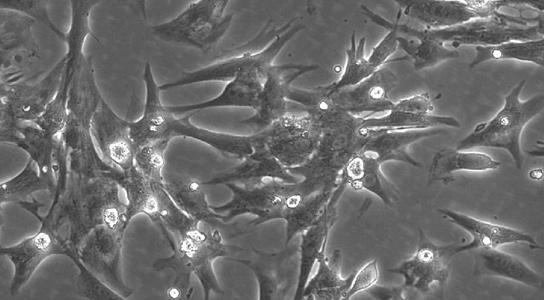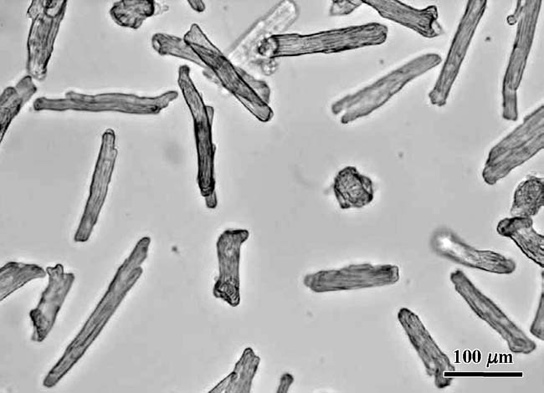Human Cardiac Cells Derived from Stem Cells Could Repair Damaged Hearts
August 6, 2012
 Contrary to the skin and liver, damaged hearts rarely heal themselves but there is new research that might raise hope for cell therapies. It’s been recently shown that heart muscle cells differentiated from human embryonic stem cell could be reintegrated into an existing heart muscle.
Contrary to the skin and liver, damaged hearts rarely heal themselves but there is new research that might raise hope for cell therapies. It’s been recently shown that heart muscle cells differentiated from human embryonic stem cell could be reintegrated into an existing heart muscle.These new cells beat in sync with the rest of the heart, states Chuck Murry, a cardiovascular biologist at the University of Washington, who co-led the paper, which was published in the journal Nature.

These kinds of therapies have been fraught with difficult as human cells cannot keep up with the high heart rates of some small rodents, used in testing these same therapies. Cardiomyocytes can only beat up to 240 times per minute, thanks to external electrical stimulation. Typically, rats and mice have heart rates of 400 and 600 beats per minute.
However guinea pigs are another matter. Their heart rates, of 200-250 beats per minute are near the limit of human cardiomyocytes. Once the researchers worked out how to suppress the guinea pigs’ immune system so that they wouldn’t reject human cells, the transplantation experiments could begin. The electrical stimulation was integrated using an inserted sensor gene into the human ES cells so that the cardiomyocytes would fluoresce when contracted.
These implanted cells seemed to aid healing. Four weeks after researchers had killed some regions of the guinea pigs’ hearts, the hearts of the animals that had received the human cardiomyocytes exhibited stronger contractions than those that received other types of cells. The cardiomyocyctes did not seem to cause any irregular hearbeats.
This is still far away from demonstrating any palpable therapeutic benefits. More research needs to be done before transplantable cardiomycocytes are ready for human trials.
No comments:
Post a Comment